

Max Davies
2025 Lexus NX450h+ F Sport review
28 Days Ago
It's Australia's biggest segment, and everybody wants a piece of the action. That includes recently returned Chery with its Tiggo 7 Pro.



News Editor

News Editor


News Editor

News Editor
Quickly see how this car stacks up against its competition. Select any benchmark to see more details.
Where expert car reviews meet expert car buying – CarExpert gives you trusted advice, personalised service and real savings on your next new car.
The mid-sized SUV segment is the largest by volume in Australia, so Chery is tackling it with not one, not two, but three vehicles.

The Chery Tiggo 7 Pro seen here came first, arriving on our shores late last year. It’s at the smaller end of the spectrum, with a 4513mm-long body sitting it beside the Mazda CX-5.
It’s being joined imminently by the three-row Tiggo 8 Pro Max, more of a rival to the Mitsubishi Outlander, while Chery’s new Jaecoo brand is due here this year with the purportedly more premium J7.
Chery is quickly expanding its lineup after having only arrived here early in 2023 with the Omoda 5, which was developed as a global vehicle and benchmarked against the Mazda CX-30 and Hyundai Kona.
That car has some appealing attributes, such as distinctive (if polarising) styling, a low price and a peppy (if thirsty) powertrain, but it’s also flawed in some respects.
The Tiggo 7 Pro is a more impressive effort.
We put the mid-range Elite to the test.
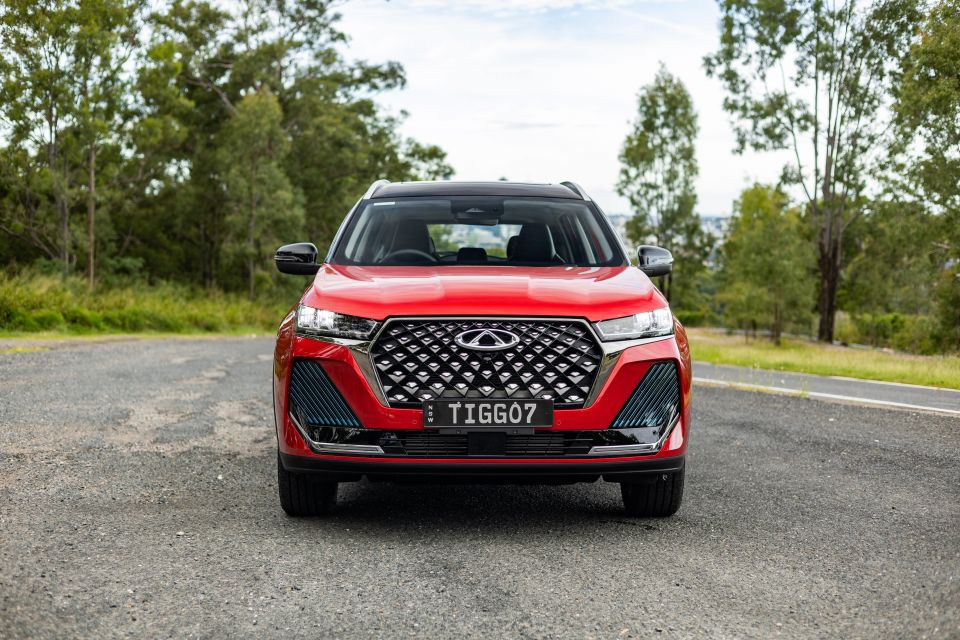
| Model Variant | Drive-away pricing |
|---|---|
| 2024 Chery Tiggo 7 Pro Urban | $39,990 |
| 2024 Chery Tiggo 7 Pro Elite | $41,990 |
| 2024 Chery Tiggo 7 Pro Ultimate AWD | $45,990 |
While the equipment list is long (more on that later), it’s not the cheapest of the Chinese challengers. The larger GWM Haval H6 costs $39,990 drive-away in top-spec Ultra guise with front-wheel drive, while adding all-wheel drive sees it cost $42,990 drive-away.
Chery is offering a deal until the end of the financial year where you can get $3000 off the drive-away price. It’s worth noting a number of rivals are also being offered with EOFY deals.
To see how the Chery Tiggo 7 Pro compares with its rivals, use our comparison tool.
Buy your new car without the stress. It's fast, simple and completely free.

Great service from Travis and team, second time I have used this business would not hesitate to recommend them to anyone
Craig C.
Purchased a Ford Ranger in Sunshine Coast, QLD
CarExpert helped Craig save $7,224 on his Ford Ranger, now let us save you on your next new car.
Get your BEST priceFirst impressions are important, and the Chery Tiggo 7 Pro makes a great one.

This interior not only looks good in a showroom, it’s also practical and largely functional.
You’re greeted by two large screens: a 12.3-inch digital instrument cluster and a 12.3-inch infotainment touchscreen.
The digital instrument cluster is particularly impressive, as there are multiple views you can select from. You can even have a full-screen map view – something you’d usually only find on a Volkswagen.
The graphics are modern, legible and attractive, particularly for the maps on both the cluster and the touchscreen.
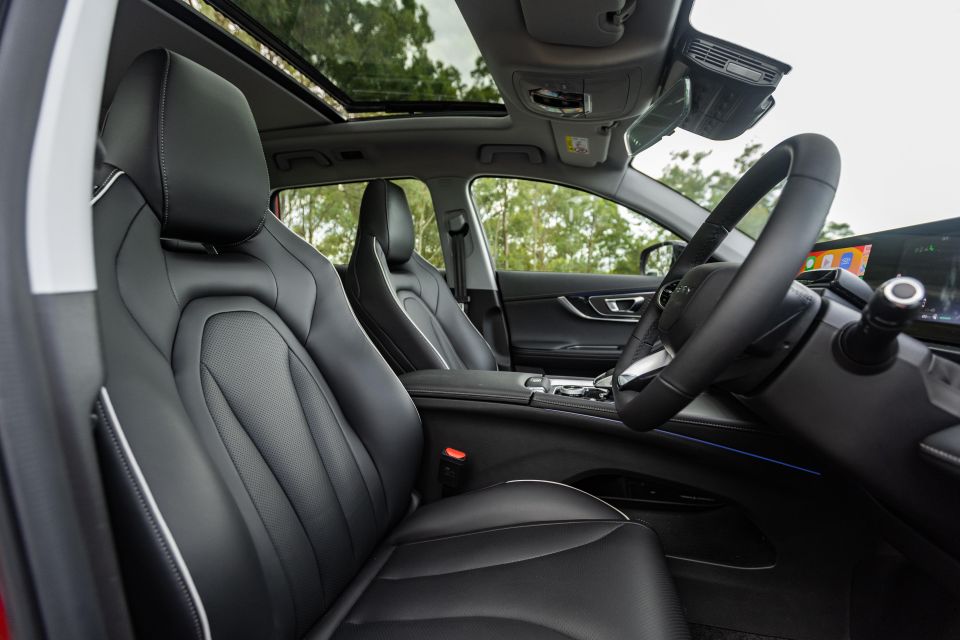

We also love that there’s wireless connectivity for both Apple CarPlay and Android Auto, and it worked well – my phone connected instantly and I didn’t experience any dropouts.
There are some slightly oddly labelled menu items on the touchscreen, but then that’s just the editor in me finding fault.
The settings menu is comprehensive, and you can adjust things like the height of the headlights… to the height of the tailgate.
When you’re not in smartphone mirroring, there’s an anchored bar on the side with shortcuts for media, maps and the home menu.


There’s also a disembodied head floating on the touchscreen, which reminds me of a decapitated Jawa from Star Wars. Though it’s a bit creepy looking, the voice assistant works well – you can use it to control functions like the sunroof or climate control, though we weren’t able to get it to work for the navigation.
Chery appears to have tried to match GWM with its surround-view camera setup, complete with a 3D view of the vehicle you can swipe around. The difference here is GWM’s setup is much higher in resolution, with the Chery’s camera also having a slight delay. They’re not the worst cameras, but they’re nowhere near GWM’s in clarity.
You can have the cameras automatically turn on when you’re indicating, which is an interpretation of Hyundai’s blind-spot view monitor a number of Chinese brands have taken. It can be turned off.
I didn’t have any tech glitches, per se, as I’ve previously experienced with the Omoda 5.

I did have one major annoyance, however. When I first got the car, it was stuck in some kind of screensaver mode. I would touch or swipe on the screen, and it would just change the wallpaper.
Of all the buttons I tried pressing to access the rest of the infotainment system, I didn’t think to press the Power button on the centre console. User error? Maybe, but there are still some quirks in the tech that are quickly being ironed out.
You also can’t see climate information while you’re using smartphone mirroring. You can change settings without issue thanks to the control panel under the touchscreen, but you can’t see what you’re changing unless you go into the Climate menu, as there’s no overlay or anchored information bar like you’ll see in other vehicles.
At least Chery has done a separate climate control panel instead of putting all the controls on the touchscreen, as some brands have switched to.

Interestingly, there are multiple air-conditioning modes: comfortable, energy-saving, and strong.
I’ve talked tech until I’m as blue in the face as those weird stripes on the Tiggo 7 Pro’s front bumper. What about the rest of the interior? Well, it’s genuinely nice.
The front seats look like sports seats, and proved quite comfortable. Chery knows how to make a good steering wheel, too, with a tactile rim and substantial-feeling switchgear.
You can program one of the steering wheel switches as a shortcut button, like in rivals from Hyundai and Kia.

Almost every surface in the Tiggo 7 Pro’s cabin is finished in soft-touch plastic or leatherette, with swathes of tasteful carbon fibre-esque trim across the dashboard.
The dash and door tops are finished in leather-look trim with stitching details, giving the cabin even more of an upmarket appearance.
There’s also quite a bit of wood-look trim which is modern and elegant. See, other brands? You don’t have to put gloss black trim everywhere!
Colourful ambient lighting carries across from the dash to the doors and the sides of the centre console.
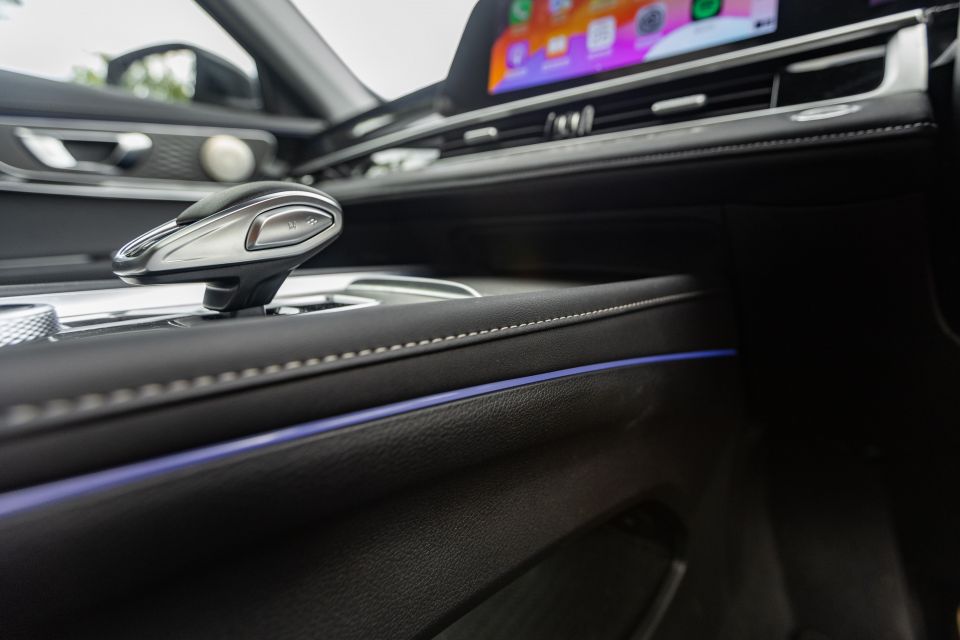
The soft-touch trim on the sides of the centre console could do with a bit more padding, but it’s a minor gripe considering some rivals don’t even bother to cover the hard plastic down there.
To my eyes it all comes together nicely – this is an attractive cabin that puts some rivals to shame.
There are some thoughtful touches, too. Inside the well-lit centre console bin there’s a little glass hammer to break the windows in an emergency situation. The USB outlets up front are illuminated, and the interior lighting is LED.
The Chery will also automatically turn on the air purifier when it detects the PMA 2.5 concentration is high, and it’ll lock the doors automatically when you walk away.
There’s a shelf under the centre console with a 12V outlet, though it’s not as large as the GWM Haval H6’s. Still, you could fit a small purse down here, and the floor is rubberised.

A couple of details need work. The drive mode knob can be endlessly twirled. The volume scroll wheel on the centre console also feels a little sharp, but these are minor complaints about an otherwise lovely cabin.
Step into the back, and the Tiggo 7 Pro impresses as a family hauler. That tall, boxy shape pays dividends when it comes to headroom, which is excellent.
There’s only a minimal driveline hump, so legroom is also great. If you are exceptionally tall and your knees end up touching the front seatbacks, you’ll find they’re soft.
It’s not quite as spacious back here as a GWM Haval H6, but it feels roomier than a Mazda CX-5. There are three top-tether and two ISOFIX anchor points for child seats.

As with many rivals, the door tops back here are hard, however the armrests on the doors are still softly padded.
There are air vents and map pockets back here, plus a fold-down armrest with cupholders. You’ll find only one USB-A outlet here, however.
The Tiggo 7 Pro has a competitive 626L of boot space, expanding to 1672L with the rear seats folded – though unfortunately they don’t fold completely flat.
In this age of space-saver spares or, even worse, tyre repair kits, you’ll be happy to learn it has a full-sized spare under the floor.

| Dimensions | Chery Tiggo 7 Pro Elite |
|---|---|
| Length | 4513mm |
| Width | 1862mm |
| Height | 1696mm |
| Wheelbase | 2670mm |
| Boot space – seats up | 626L |
| Boot space – second row folded | 1672L |
To see how the Chery Tiggo 7 Pro compares with its rivals, use our comparison tool.
Just one engine option is offered in Australia.

Where expert car reviews meet expert car buying – CarExpert gives you trusted advice, personalised service and real savings on your next new car.
| Tech Specs | Chery Tiggo 7 Pro Elite |
|---|---|
| Engine | 1.6-litre 4cyl turbo |
| Power | 137kW @ 5500rpm |
| Torque | 275Nm @ 2000-4000rpm |
| Drive type | Front-wheel drive |
| Transmission | 7-speed dual-clutch auto |
| Fuel economy (claimed) | 7.0L/100km |
| Fuel economy (observed) | 9.9L/100km (inner-city, suburban and highway loop) 9.6L/100km (over the course of a week) |
| Fuel type | 51L |
| Fuel tank size | 95 RON |
To see how the Chery Tiggo 7 Pro compares with its rivals, use our comparison tool.
The Tiggo 7 Pro is a bit more resolved dynamically than the Omoda 5, but that’s not to say Chery has suddenly turned around and started making really sporty vehicles.

This is another very softly sprung SUV from Chery, but the difference here is the Tiggo 7 Pro feels more tied down with better body control.
It’s smooth over most surfaces, though it can squirm around on particularly patchy roads
As with its smaller sibling, steering is feather-light. It’s easy to twirl the wheel when navigating a carpark, so for many buyers this won’t be a turn-off.
But while Sport mode adds a little bit of artificial weight, it’s still rather video game-like and completely devoid of feel. The brakes don’t inspire much confidence either, with minimal feel through the spongy pedal.
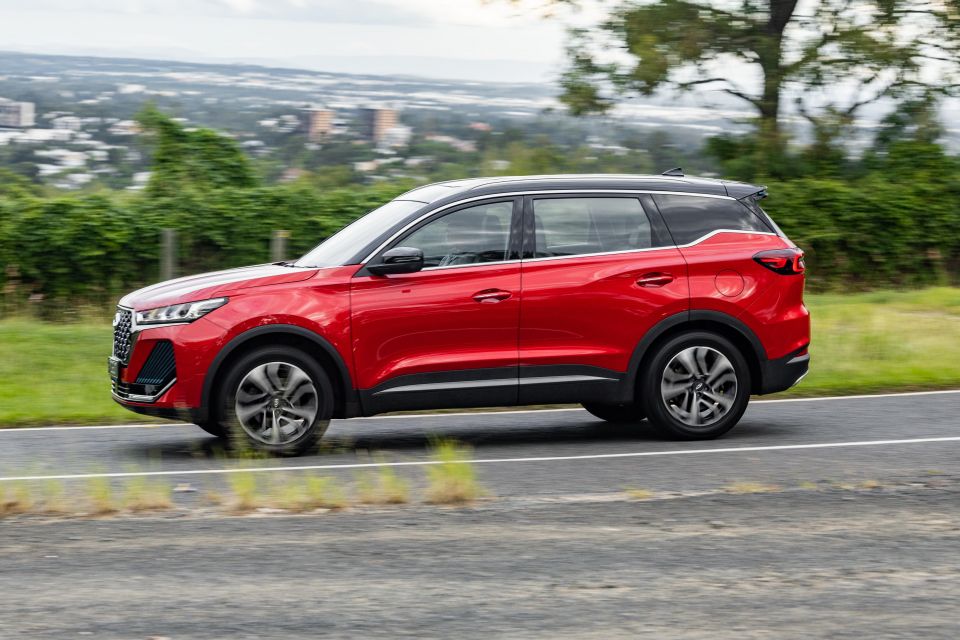
It’s generally comfortable and easy to drive, and there’s plenty of power off the line.
The powertrain is punchy – too much so for the Atlas tyres this rides on. It’s simply far too easy to chirp the tyres on the Tiggo 7 Pro, not helped by the sharp throttle tip-in. Drive with a lighter foot!
As is popular with Chinese brands, the Tiggo 7 Pro uses a dual-clutch automatic transmission. It boasts the snappy shifts expected of such a transmission without the low-speed roughness you’ll find in a GWM Haval H6.
Speaking of the transmission, Chery uses a monostatic gear selector which looks nice but is fiddly to use. Sometimes you try to shift it into Reverse and it doesn’t go, and you have to pull it again.

Despite the punchy drivetrain, this isn’t a car that’ll inspire you to push it hard. Yes, we know most owners couldn’t care less.
You can hear the tyres on highways and on coarser-chip roads, with a bit too much noise entering the cabin. The cruise control can also be a bit noisy in operation.
Over a loop comprising inner-city, suburban and highway driving, we averaged 9.9L/100km. This dropped slightly to 9.6L/100km over the course of several days with the vehicle, but is still well over the official combined cycle claim of 7.0L/100km.
In terms of the driver assists, the lane-keep assist sometimes intervenes a bit abruptly, but it’s a far cry from the first Cherys that came here upon its relaunch where the driver assist systems had serious issues.
The driver attention monitoring system also didn’t blare incessantly, so Chery has made progress here.
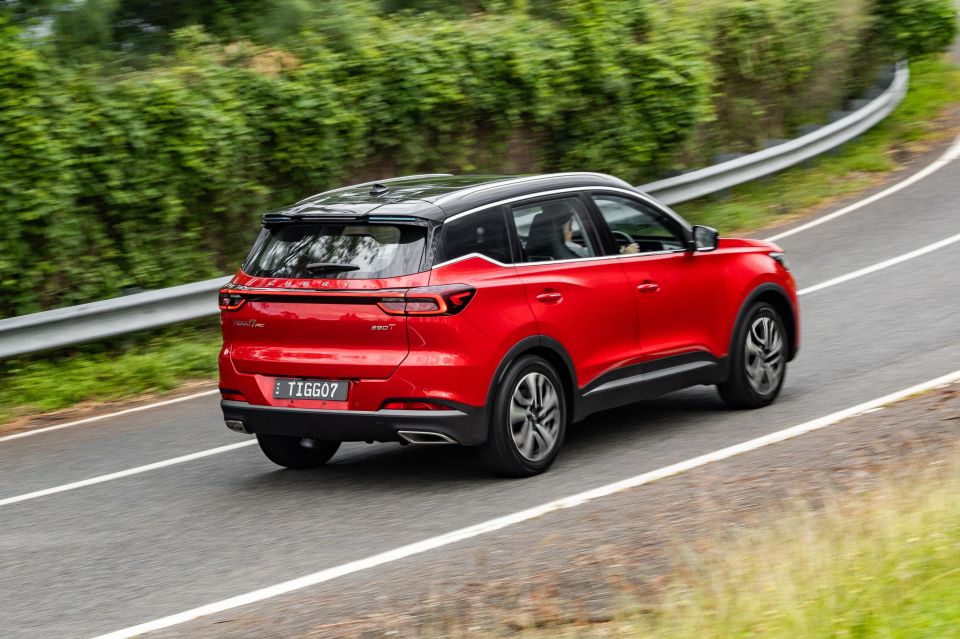
The automatic stop/start is generally pretty smooth in operation, only awkwardly engaging and disengaging once.
By the way, the Tiggo 7 Pro makes me want to become a BMW driver, because the sound its indicators make is aggravating.
Chery is getting closer to established brands in terms of the driving experience, and its powertrain is more enjoyable than some similarly priced naturally aspirated rivals, but there’s still work to be done with the steering and brakes.
If you’re buying one, I’d also recommend getting rid of those Atlas tyres once they’ve reached their expiration date.
Every Tiggo 7 Pro comes standard with a panoramic sunroof, with ventilated front seats reserved for the top-spec Ultimate.
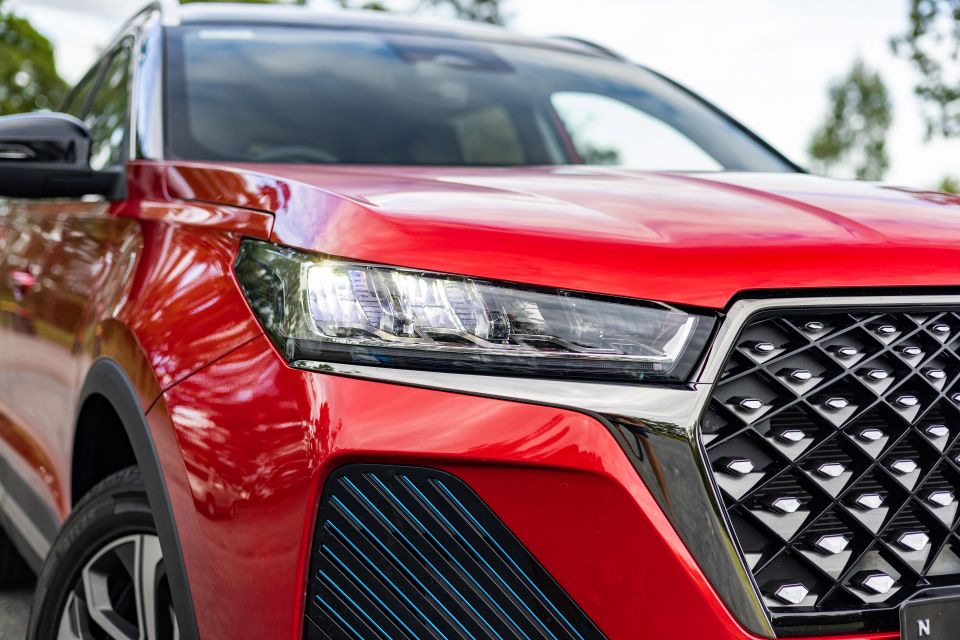
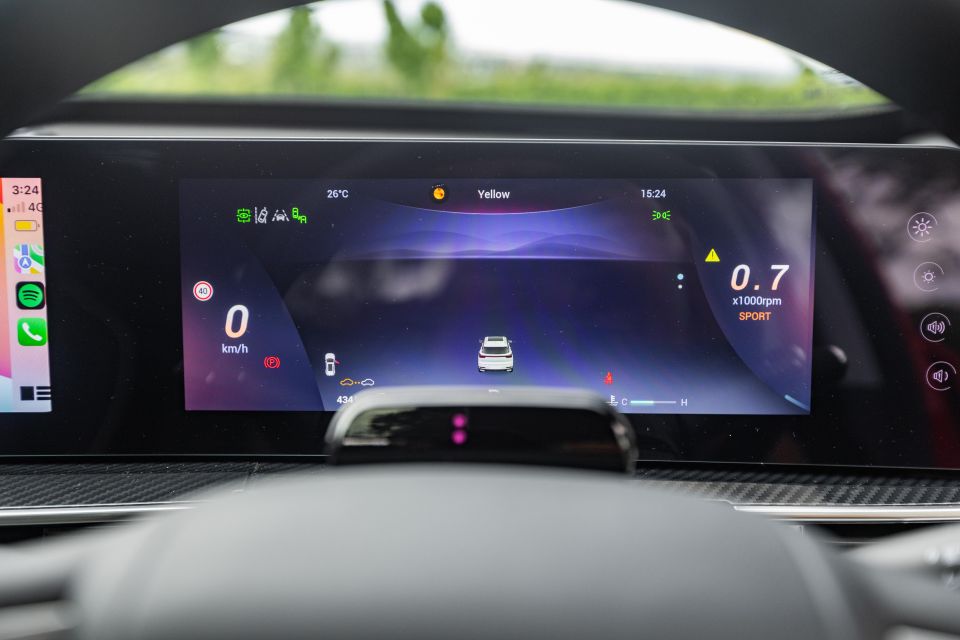


It’s the opposite with the Tiggo 8 Pro Max, where every model has ventilated front seats but only the top-spec model has a panoramic sunroof.
Tiggo 7 Pro Urban highlights:
Tiggo 7 Pro Elite adds:
Tiggo 7 Ultimate adds:
The Tiggo 7 Pro received a five-star ANCAP safety rating in December 2023 under the latest 2023-25 testing criteria.

It received an adult occupant protection rating of 88 per cent, a child occupant protection rating of 87 per cent, a vulnerable road user protection rating of 72 per cent, and a safety assist rating of 86 per cent.
Standard safety equipment includes:
The Elite adds a surround-view camera.
The Tiggo 7 Pro is backed by a seven-year, unlimited-kilometre warranty, with seven years of capped-price servicing and seven years of roadside assistance.
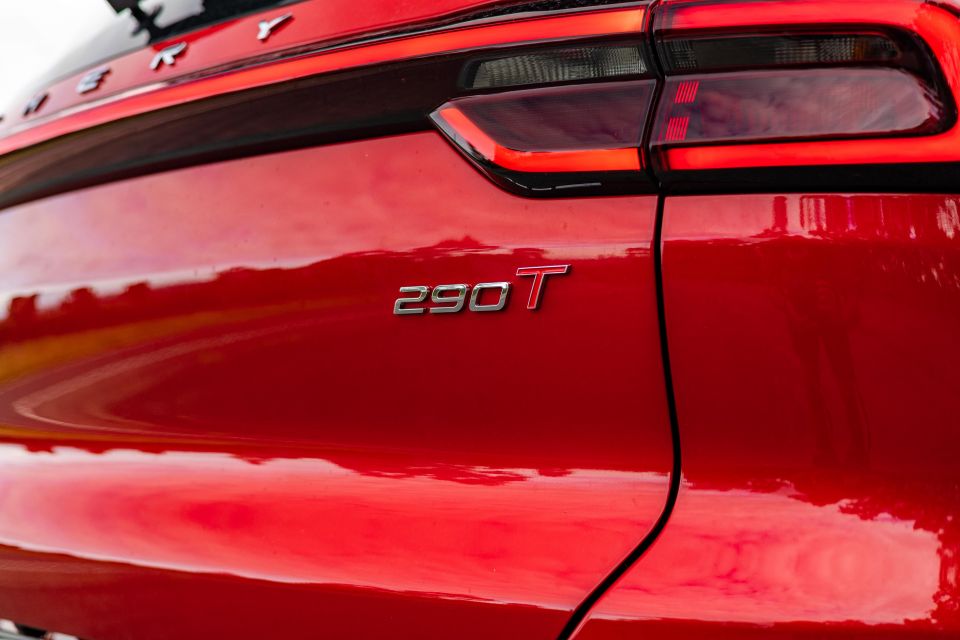
The first five services are capped at $280 each, with the sixth costing $367.94 and the seventh $287.84. This servicing is cheaper than in many key rivals.
Buy your new car without the stress. It's fast, simple and completely free.

Great service from Travis and team, second time I have used this business would not hesitate to recommend them to anyone
Craig C.
Purchased a Ford Ranger in Sunshine Coast, QLD
CarExpert helped Craig save $7,224 on his Ford Ranger, now let us save you on your next new car.
Get your BEST priceChery is good at developing SUVs that major on showroom appeal.

The tall, boxy styling is inoffensive to the point of anonymity. But open the door and check out that cabin with its panoramic roof, ambient lighting, and ample soft-touch surfaces, and you can see how a potential buyer may be seduced at a Chery dealership.
The good news is there’s some substance here – the powertrain is peppy, the cabin is roomy, and the features list is long.
Each Chery that has been introduced to Australia following the brand’s relaunch has been more impressive than the last.
The Tiggo 7 Pro feels much more resolved than the Omoda 5 – as it should, given it’s considerably more expensive.
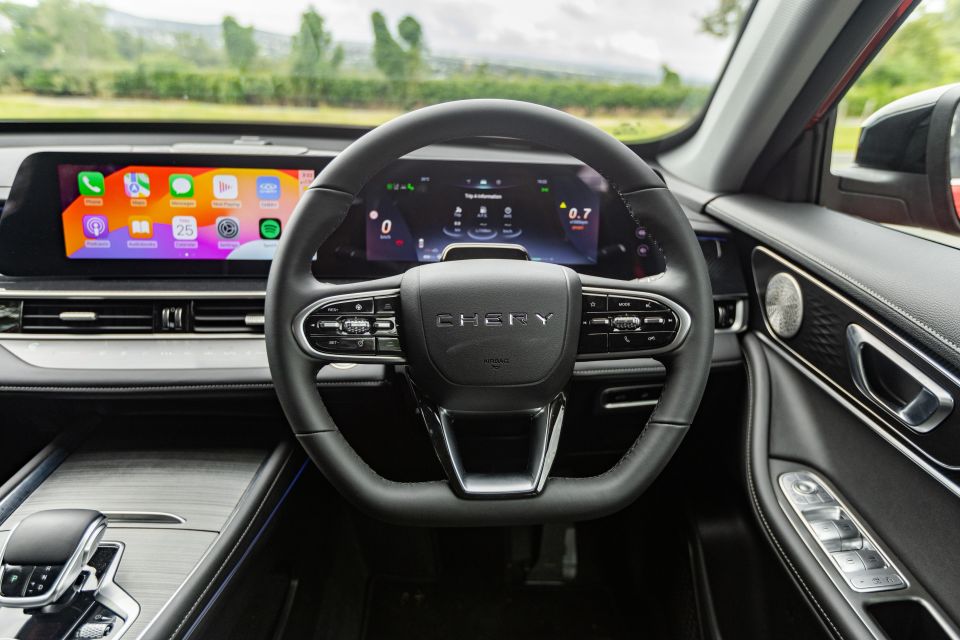
It’s not perfect. There are still some tech bugbears, and from the throttle to the light steering, a bit more refinement on how the car drives is still required.
But mums and dads will appreciate how easy it is to steer around a car park, and how comfortable the ride is for the most part.
Japanese and Korean rivals should take note of how much kit Chery can put in for this price and how nice its interiors have become.
That’s how Chery is able to get buyers through the door, and get them to take a test drive. We suspect the brand will be even more of a threat once it nails down the dynamics side of the equation.

Click the images for the full gallery
MORE: Buy a Chery Tiggo 7 Pro MORE: Everything Chery Tiggo 7 Pro
Where expert car reviews meet expert car buying – CarExpert gives you trusted advice, personalised service and real savings on your next new car.
William Stopford is an automotive journalist based in Brisbane, Australia. William is a Business/Journalism graduate from the Queensland University of Technology who loves to travel, briefly lived in the US, and has a particular interest in the American car industry.


Max Davies
28 Days Ago


Andrew Maclean
16 Days Ago


James Wong
13 Days Ago


Max Davies
11 Days Ago


Paul Maric
9 Days Ago


James Wong
5 Days Ago